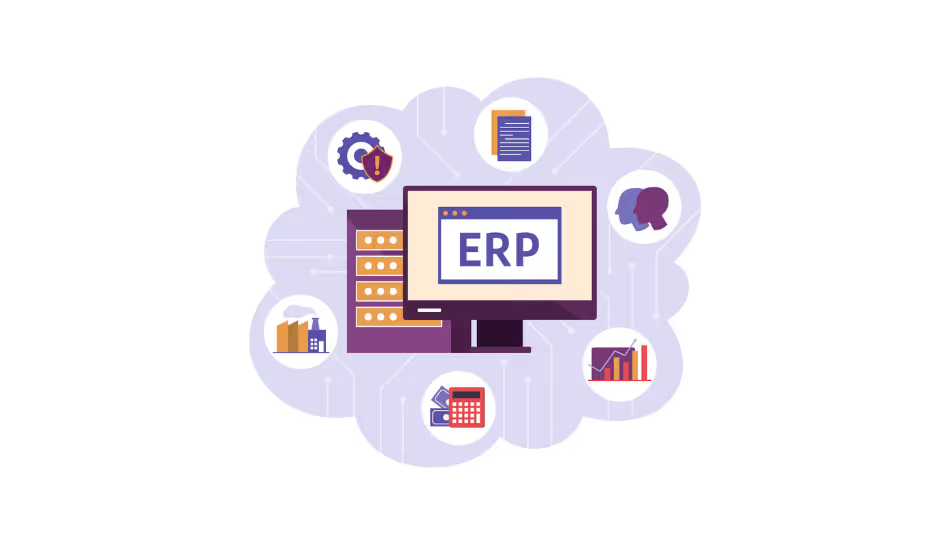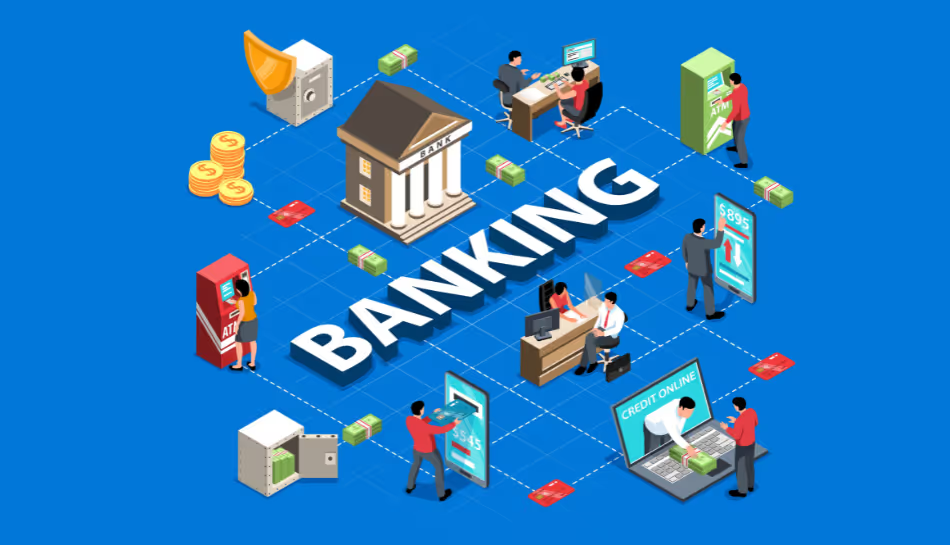
Enterprise Resource Planning (ERP) software plays a central role in modern business operations, unifying various processes into a single platform. But implementing an ERP system is not a plug-and-play task, it requires a detailed and strategic approach. Understanding the ERP life cycle helps organizations manage expectations, allocate resources efficiently, and ensure long-term success.
The ERP implementation life cycle refers to the sequence of stages involved in deploying an ERP solution within a company. Each step is essential, from evaluating business needs to full-scale rollout and continuous improvement. Let’s break down the major stages in ERP implementation and what they involve.
-
1. Preliminary Evaluation and Planning
The first stage in the ERP system life cycle is a thorough evaluation of your organization’s needs. This includes identifying inefficiencies in current systems, setting business goals, and estimating ROI. Leadership teams assess whether investing in ERP will help improve operations such as finance, inventory, HR, or procurement.This planning phase also involves identifying key stakeholders, setting timelines, and deciding on an implementation strategy, whether to go for a cloud-based ERP or an on-premise setup.
-
2. Requirement Analysis
Once the business case is clear, the next step is to map out detailed system requirements. During this phase, departments are consulted to understand specific needs, like integration with existing tools, customized reporting, or mobile access.Requirement analysis is essential to choosing the right solution and avoiding costly modifications later. It lays the groundwork for identifying features your ERP system must support now and in the future.
-
3. Software Selection
After defining requirements, organizations evaluate vendors to find the best ERP software that aligns with business goals. This stage typically includes product demos, vendor interviews, and references. Cost, scalability, industry specialization, and support services all influence the decision.At this point in the ERP implementation phases, contracts are finalized, and a system integrator or implementation partner may be brought on board.
-
4. System Design
This stage focuses on creating a blueprint for how the ERP system will function. It includes designing workflows, setting up user roles, defining data structures, and determining integration points with other systems.Customization decisions are also made here. While ERP systems come with standard modules, tailoring them to your unique processes is sometimes necessary. The design must strike a balance between customization and maintaining upgrade compatibility.
-
5. Development and Configuration
With the design approved, the system is developed or configured based on your organization’s structure. This includes creating user dashboards, defining reporting formats, and building workflows.During this stage of the ERP life cycle, data migration from legacy systems also begins. This step must be handled carefully to avoid errors and data loss. At the same time, security configurations, role-based access, and compliance checks are established.
-
6. Testing
Before going live, the ERP system undergoes rigorous testing. Functional testing ensures all modules behave as expected. User Acceptance Testing (UAT) validates that the system meets business requirements.This stage often reveals small bugs or usability issues that can be fixed before full deployment. Testing also helps teams get hands-on experience with the system in a controlled environment.
-
7. Deployment
Deployment, or the go-live phase, is where the ERP system is rolled out across the organization. Depending on the strategy, this might happen all at once (big bang approach) or in phases (modular rollout).It’s critical to ensure minimal disruption during this time. Backup plans, support hotlines, and hands-on IT support are essential to manage the transition smoothly.
-
8. Training and Change Management
People are at the heart of any ERP project. Without adequate training and internal communication, even the best system may fail. As part of the ERP implementation life cycle, training sessions are organized for different user groups to familiarize them with new tools and workflows.This phase also includes change management, getting teams aligned, addressing resistance, and helping staff adapt to the new system.
-
9. Maintenance and Continuous Improvement
After the ERP system is fully implemented, the journey isn’t over. Ongoing support, bug fixes, and performance monitoring are part of the ERP system life cycle.Over time, businesses can identify opportunities to optimize operations, upgrade features, or scale the system to support growth. Continuous improvement ensures the ERP solution stays aligned with evolving business needs.
Final Thoughts
A successful ERP journey hinges on understanding the stages in ERP implementation and managing them with care. Each phase, from planning to post-deployment, is vital to building a system that boosts efficiency, supports collaboration, and scales with your business. The ERP implementation phases are not just technical tasks, they’re strategic moves that shape your organization’s future.

